McAllen enjoys the last fruits of our labor while Nogales embraces a bit more propaganda
Here is the brief take-away from this article: Hot water baths are not bad, and untreated fruit is not better. The end of the season is complex for all- let facts be your guide.
For a handful of us who grow extensively in the El Rosario area during the Sinaloa season, mango supplies can often be extended all the way into the first week of September. While other broker-sellers move to the untreated Mochis zone (which jump up significantly in price and size), we can stay longer in lower prices and smaller fruit. Naturally, this benefits our volume-driven sellers a great deal, knowing most customers have a price point they must adhere to in order to capture sales. In some regions, consumers will only pay so much for a mango; this is particularly true in the Midwest and on the east coast. So, just a touch below the arbitrary untreated zone line, the Rosario region offers a micro growing region where we can do just that – provide smaller, cheaper mangoes throughout the entire month of August.
Currently we are in the last 7 days of harvest in El Rosario before moving exclusively to the Mochis region. We are finishing up with Kents from both regions now (Nogales is getting Mochis fruit, Mcallen is getting El Rosario fruit) Keitts from the El Rosario region didn’t fare well through the rain and therefore this season we are skipping them and heading into Mochis earlier than usual. That can happen in any region, Mochis included after heavy rains.
Outside of some minor cosmetic issues that often appear at the end of each region’s season, the fruit from the treated area is typically equal to the untreated fruit, if not better, because the fruit often tastes better as it’s in its peak sweetness. As we are acutely aware, flavor still sells the most mangoes. Data proves that over and over.
The west coast has always been more finicky about treated and untreated fruit. The hows and whys of that are important as we try to change old-fashioned perceptions. I jokingly call it FAKE NEWS, but essentially that’s what fake news is: non-factual information designed to promote an idea. Sometimes it’s a good idea; sometimes it’s not. And sometimes (most times) things change and ideas merge to form new ones, sometimes better sometimes not.
For me, I always want to unravel the truth about mangoes. This always seems best for all, and it takes time and digging and expertise. I find the process of the unravel, the digging into the truths, what continues to give me mango street credibility and expertise. Asking why has always been my thing and suits me here.
In terms of mangoes and the hot water bath, I really want the industry (the west coast in particular) and consumers to see the full picture. By no means am I undercutting the value of untreated fruit; if it were up to all of us, we would all sell fruit that did not have to be dipped in hot water. Though, the hot water bath – the most cost-effective treatment to eliminate fruit flies which has been used since 1987 – is not the devil. In fact, most of the problems with hot water treatment are a thing of history, much like how organics had to battle “poor quality” rhetoric for far too long. Same with the hot water bath.
The main issue with hot water treatment is the notion that it can affect the fruit quality. But these days it’s not necessarily true and certainly not true for modern packing houses. Better, more technologically advanced treatment practices and more efficient cooling systems make the process relatively smooth these days especially for those like us with modern equipment, technology, and expertise.
In a pack house like our Empaque Don Jorge – with its stainless-steel tanks, fully computerized monitoring systems, super-detailed food safety systems ensuring constant water changes, experienced packing crews etc. – the hot water dip is rather simple. Add to that our extensive cold rooms with state-of-the-art cooling systems and substantial cooling space, systems to ensure optimal storage and shipping temperatures and customers who are open to learning how best to store and ship the mangoes, and we have created one of the largest and best systems in the industry for hot water treatment.
In the end, the quality of the mango pre-hot water bath is what counts, and we excel there, too. Still, we are all at the mercy of the weather. Recent flash flood style rains that came in the midst of the drought has caused cosmetic defects that are exacerbated by the hot water bath. It’s like a light shining on them, but not different from the Los Mochis famed anthracnose. Excessive rain at the wrong time causes problems to the mangoes’ skin. The hot water bath doesn’t change that one way of another. (Although, once touring some organic mango farms in the Dominican Republic, I was told by some experts that the hot water bath can quell anthracnose and, so, it is often used there when rains and high humidity are peak for this disease.)
We have to to dig a little deeper to understand why so many on the Nogales side want the untreated fruit, even when it’s substantially bigger, more expensive, and not much different in shelf life nor in flavor. We sell mangoes with cosmetic issues year-round and often with little effort, based on the work we do, educating that “it’s what’s on the inside that counts.” (Pssst.. we think the mango board should do this, too.)
First, as a matter of price, which includes logistics, most of the organic Mochis fruit has gone to Nogales, as opposed to both Nogales and McAllen. Up until the last few years, organic production was relatively small (and still is compared to the conventional production), and the west coast customers have historically always paid more money for bigger fruit. (Try selling a 5cnt mango for $8 FOB McAllen on the east coast.) West coast freight prices to final destinations remain relatively low coast in comparison to the freight costs of getting a pallet from Nogales to NYC or Philadelphia for instance.
Secondly, the west coast has a great deal more history with access to (and, thus, selling) untreated fruit, with their access to fruit from Baja (the only other untreated zone in Mexico outside Los Mochis) and, of course, the California crop of mangoes. Simply put, their consumers are used to it, and people have been promoting it for many years.
But I personally still think this “desire” for untreated fruit is based on a lot of propaganda from the past. In today’s mango world, almost year-round supplies of treated fruit that no one ever complains about being treated are the norm. Substantial amounts of these mangoes are sold. Whereas the tiny window of treated fruit is a very small amount of fruit is actually sold, even when more could be (Baja fruit is a great example of this.)
Over the years I have seen a lot of propaganda siting the California mango to be the world’s best mango. I don’t personally think it takes too much smarts to understand with over 8,000 known varietals in the world, the California mango being the best seems quite exaggerated. Especially if you know that mangoes prefer and excel in flavor and sweetness in subtropical climate and, if you have been to Coachella or Palm Springs (the crop’s main CA growing area), you know it’s anything but sub-tropical.
I lived in California most my life and even though I am clear that I may be biased, I can concur that many of the unique varietals being grown by smaller farmers like Wong Farms in Mecca near the Salton Sea and Palm springs are incredibly delicious and special. That’s what happens when we don’t think big but think quality. Many of these small farmers like the Wongs sell at farmers markets all over the Los Angeles area. Yes, these mangoes are delicious. The Valencia Gold variety that Wong Farms grows is a favorite of mine. The varietal is actually from Florida, originally. I will never forget the smell of mango season at the Santa Monica farmers market when I lived there. Most of the most of these tiny volume delicious varietals are available for a very short time, and have an extremely short shelf life, much like our Crespo Organic specialty varietals like the Malika, the Thai, and others and much like the worlds most prized mango the Indian Alphonso.
If you are reading this, most likely you are involved in the larger commercialized sector of organic mangoes and, for me, those California mangoes are fairly ordinary. Yes, they taste good but not better than a Mexican mango as the propaganda messaging claims. I’ve long wanted to do the Pepsi challenge for CA versus Mexican mangoes and one day I will. And we will make a big hoopla about it and if I’m proved wrong I will totally take it humbly.
The CA Grown campaign, in particular, has been powerful in building up the perception of CA mangoes, especially over the California Keitts, grown for the mass industry that we are all in. A few years back came a new mango – a varietal which produces little to no google results, mind you – called the Esquire. Designed to capture earlier sales before the CA Keitts start, this mango tastes akin to turpentine, but it’s sold all over California because it’s a California mango. Sales volumes are tiny, but buzz is loud. This baffles me as data shows flavor and price are the real drivers of mango sales.
I know that I may seem bitter and biased to some, but that’s not so much a result of my support of the Crespo program. Rather, I despise false information that causes blind support for small programs at the expense of the larger ones that built them. I have seen this kind of false information spreading often throughout my career (peppers, tomatoes and herbs) and I find it necessary to really try and dig in an unravel these truths the best I can. The importance of support in the end of the season is crucial for farmers and clear communication about how to match and marry the needs of the customer with the needs of the farmer, while also uncovering the true desire of the consumer, while educating them with facts is essential for all of us in the industry long term.
Our industry is not so much filled with false information spreading as much as it is little real information being shared. I try my best to change that, knowing unraveling of the truth is essentially a never-ending evolving story, one that I’m happy to keep unraveling as is my job.
There is enough room in the mango season for all. I know that is true. Still, real information that’s not propagandized will help us all in the long run.
Conclusion: Hot water baths are not bad, and untreated fruit is not better.
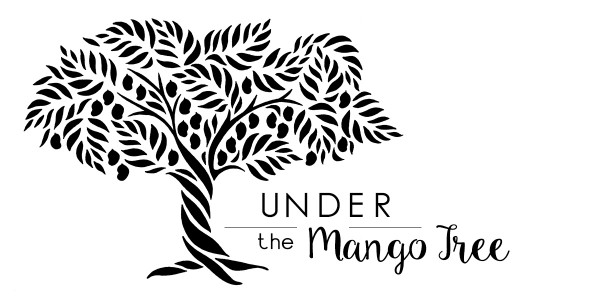
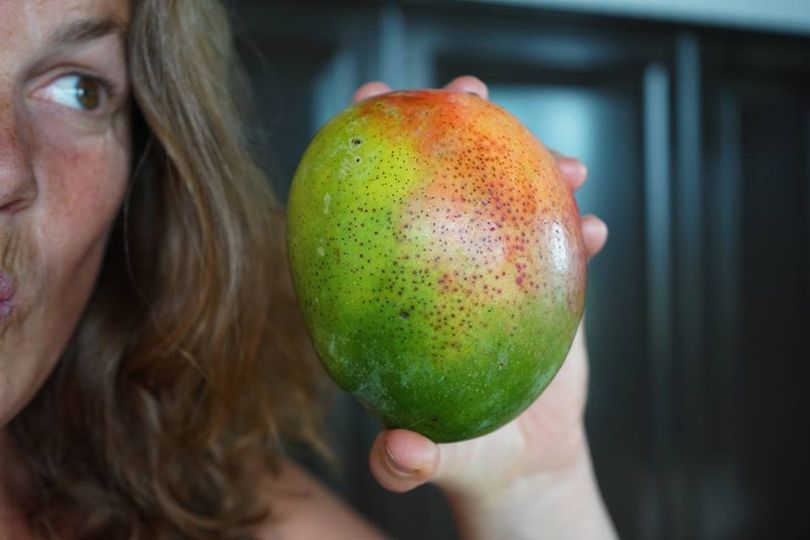

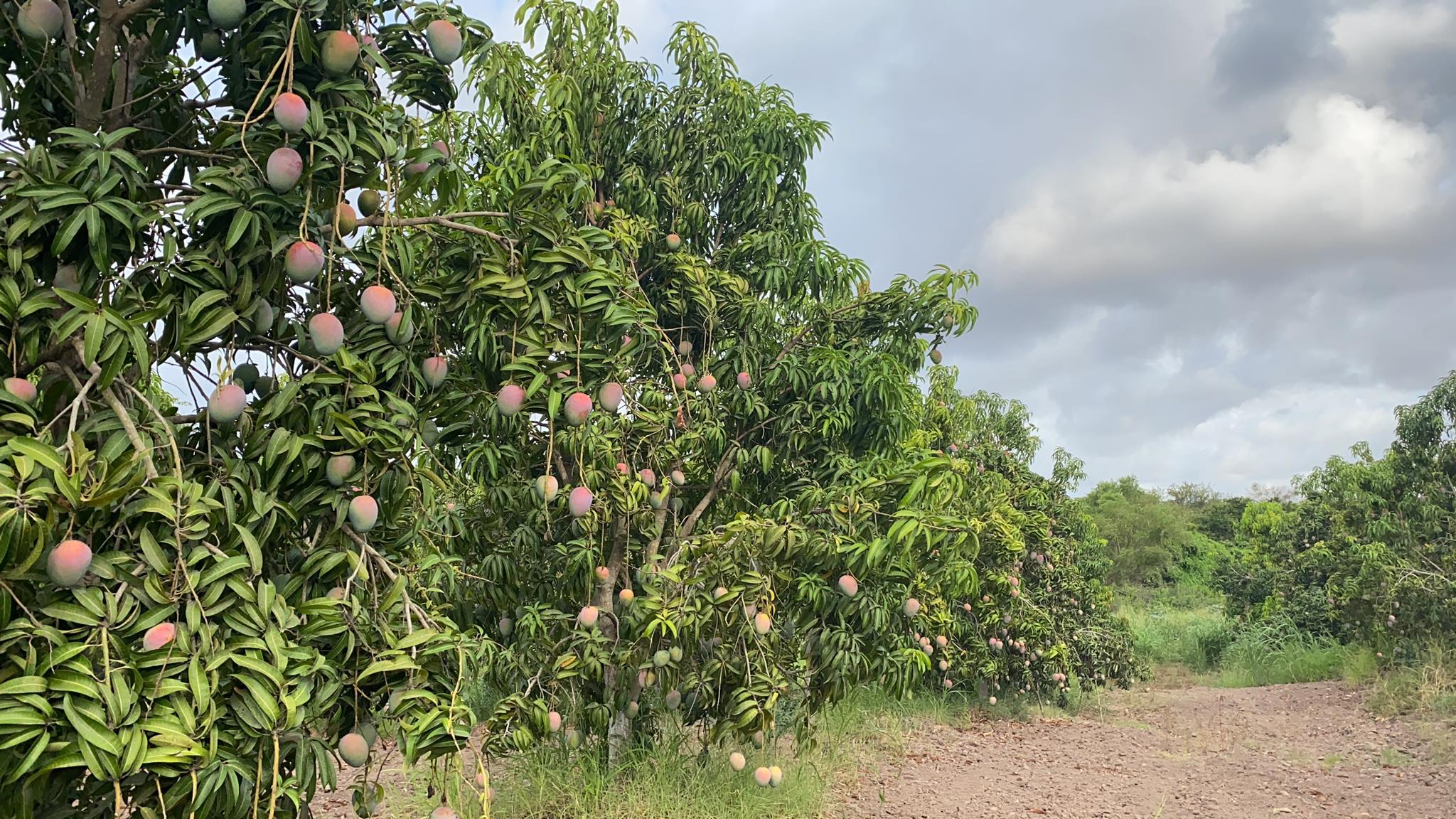
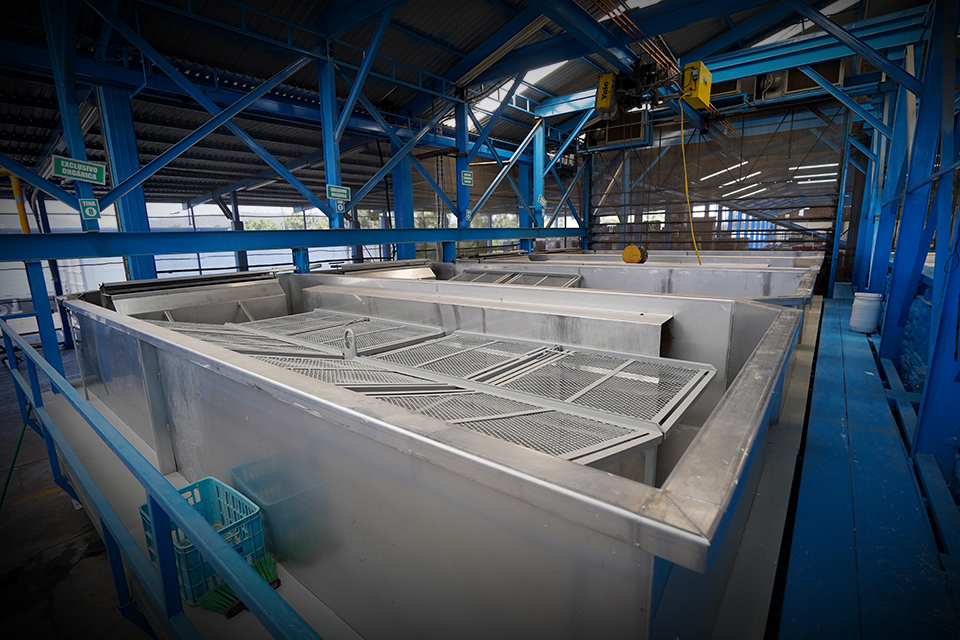



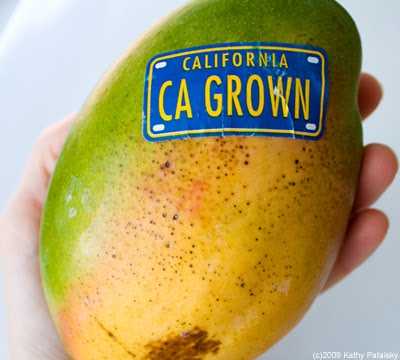
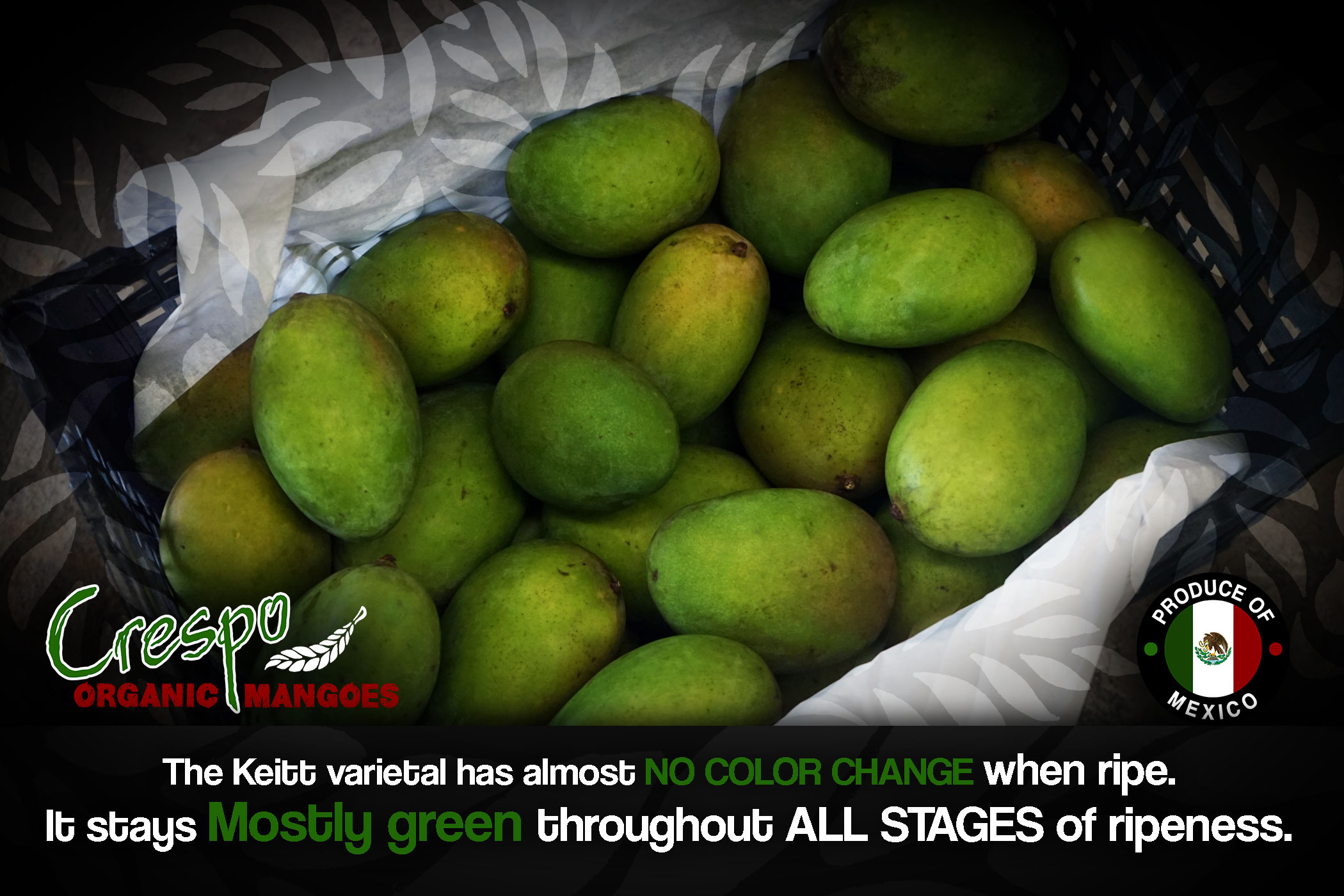
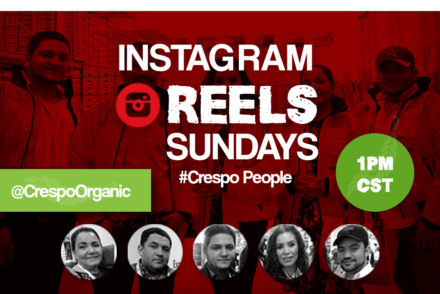
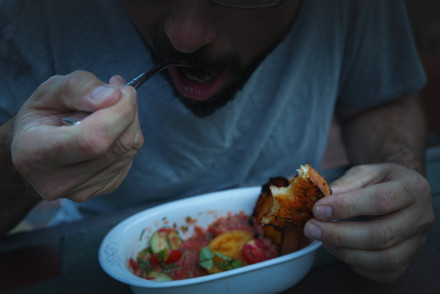




No Comments